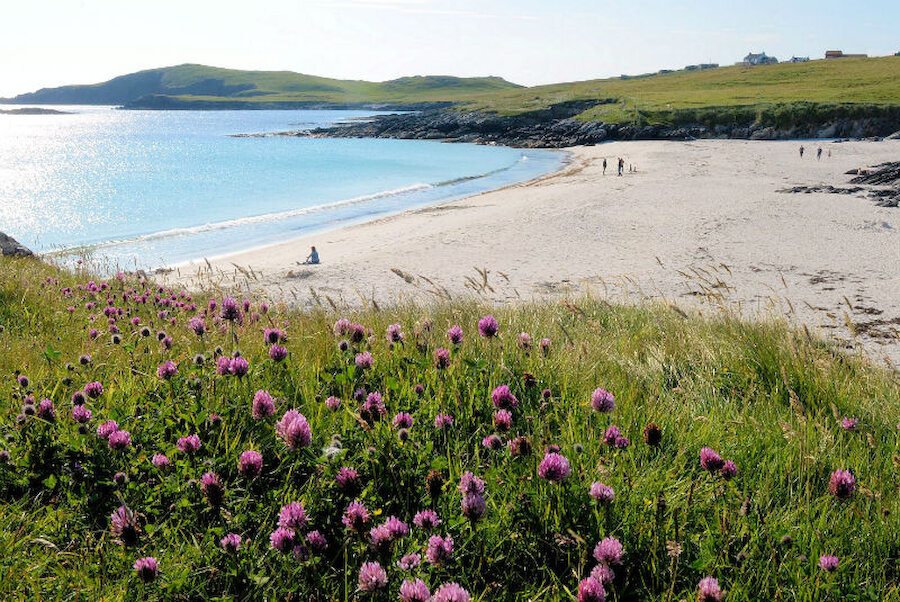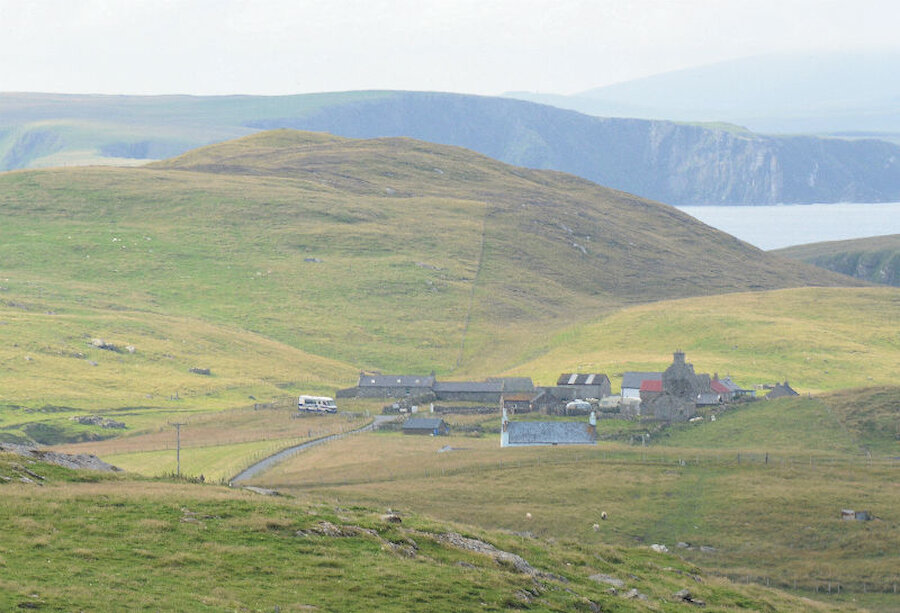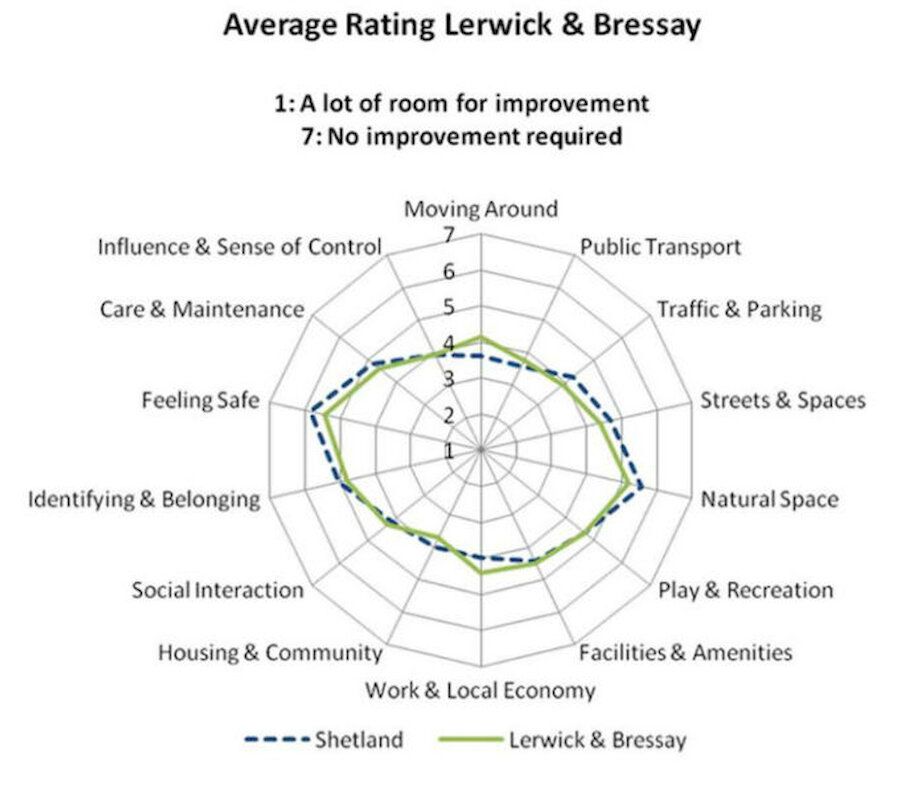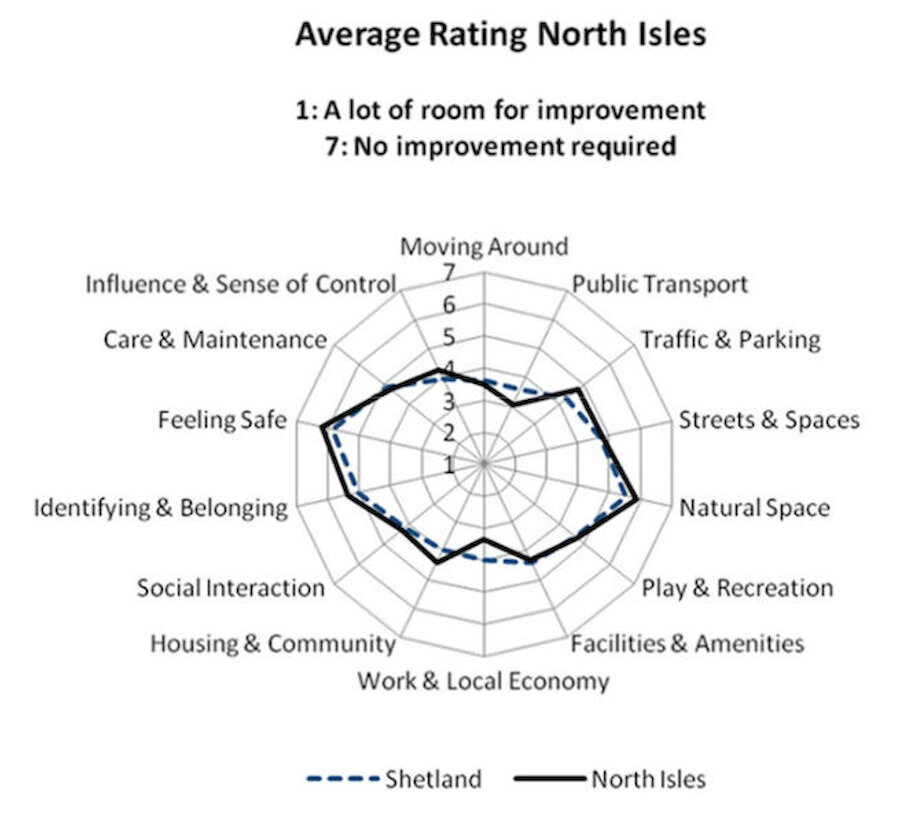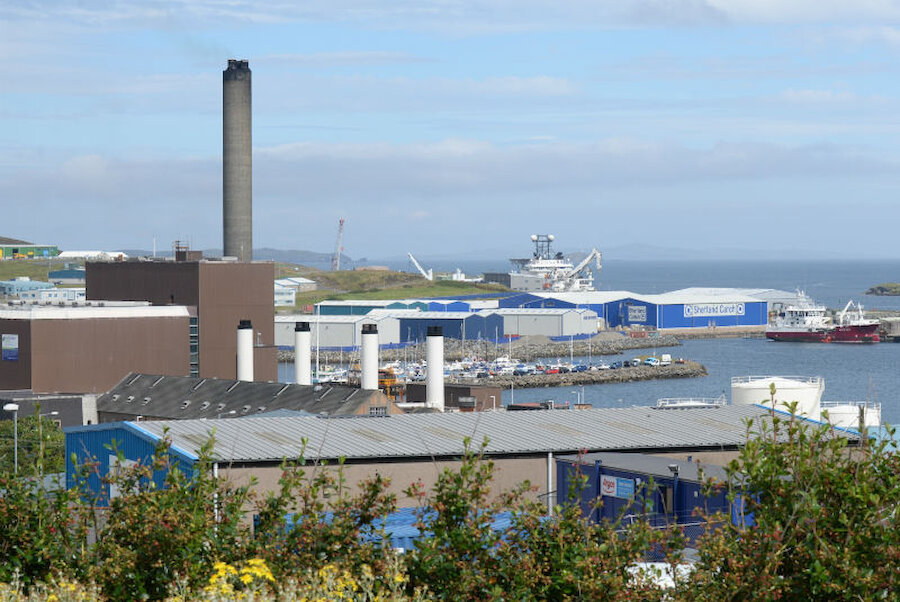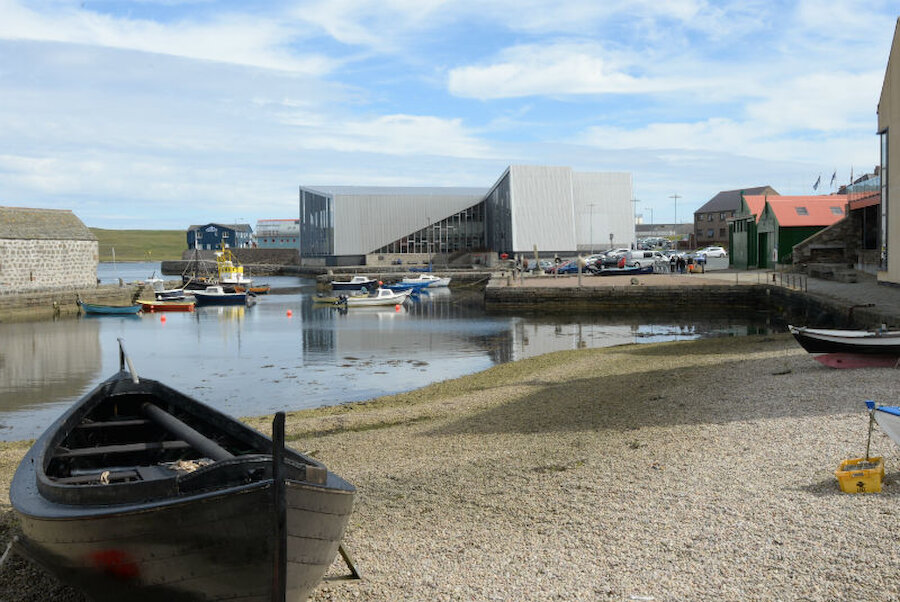Back in October 2016, I reported on the use of a new tool that allows communities to assess the qualities of their home area. The Place Standard, as it’s known, has been developed by the Scottish Government and its partners to help in the task of planning communities’ futures. The tool allows residents to assess their area against a number of criteria.
The Shetland Place Standard project saw 939 responses to a questionnaire in July 2016, asking people right across the islands about their place and what they think could be improved, on 14 different themes. The final report has now been produced, containing a summary of the responses and an analysis of each of the seven localities in Shetland.
Shetland Islands Council’s Chair of Development, Alastair Cooper, feels that it has been really helpful. “The Place Standard project was innovative in making the connection between how places affect our sense of belonging and well-being. The substantial data gathered, with over 4,800 comments received, is a valuable source of information to help us plan for Shetland’s future in many areas, such as housing, transport and the economy.”


